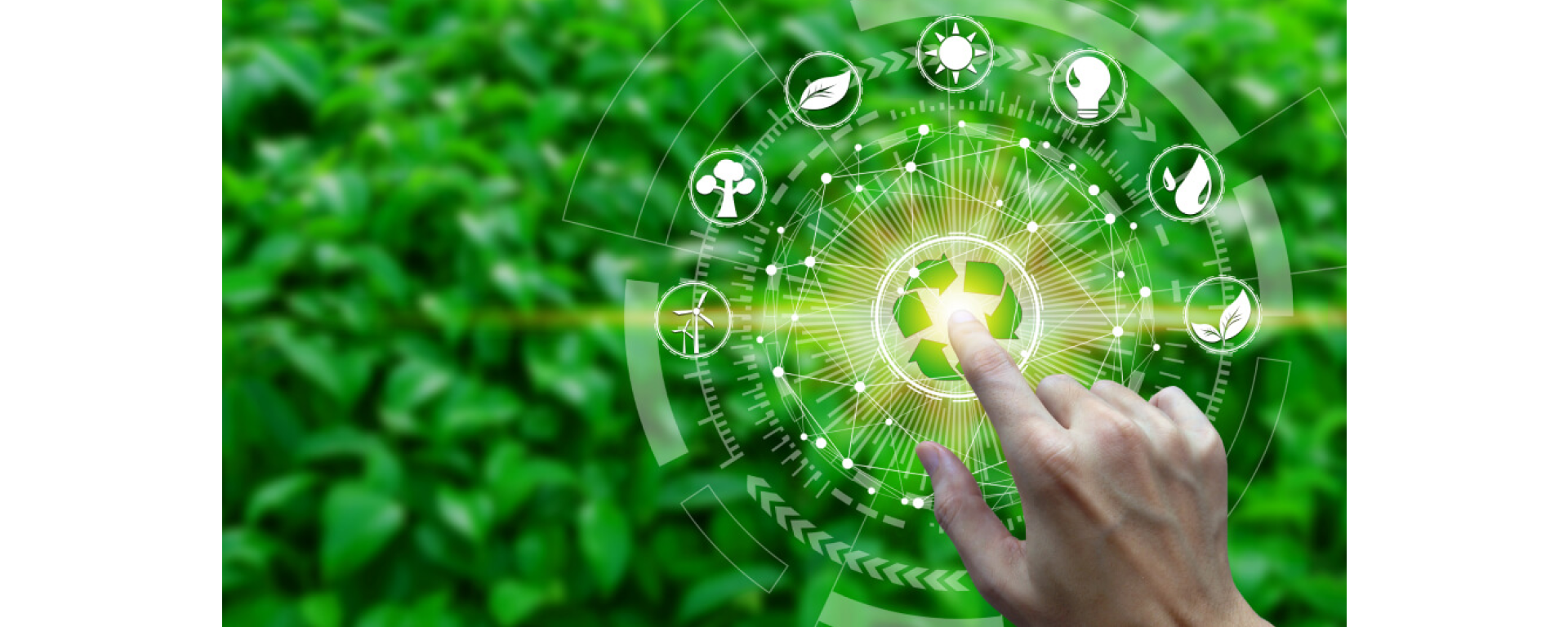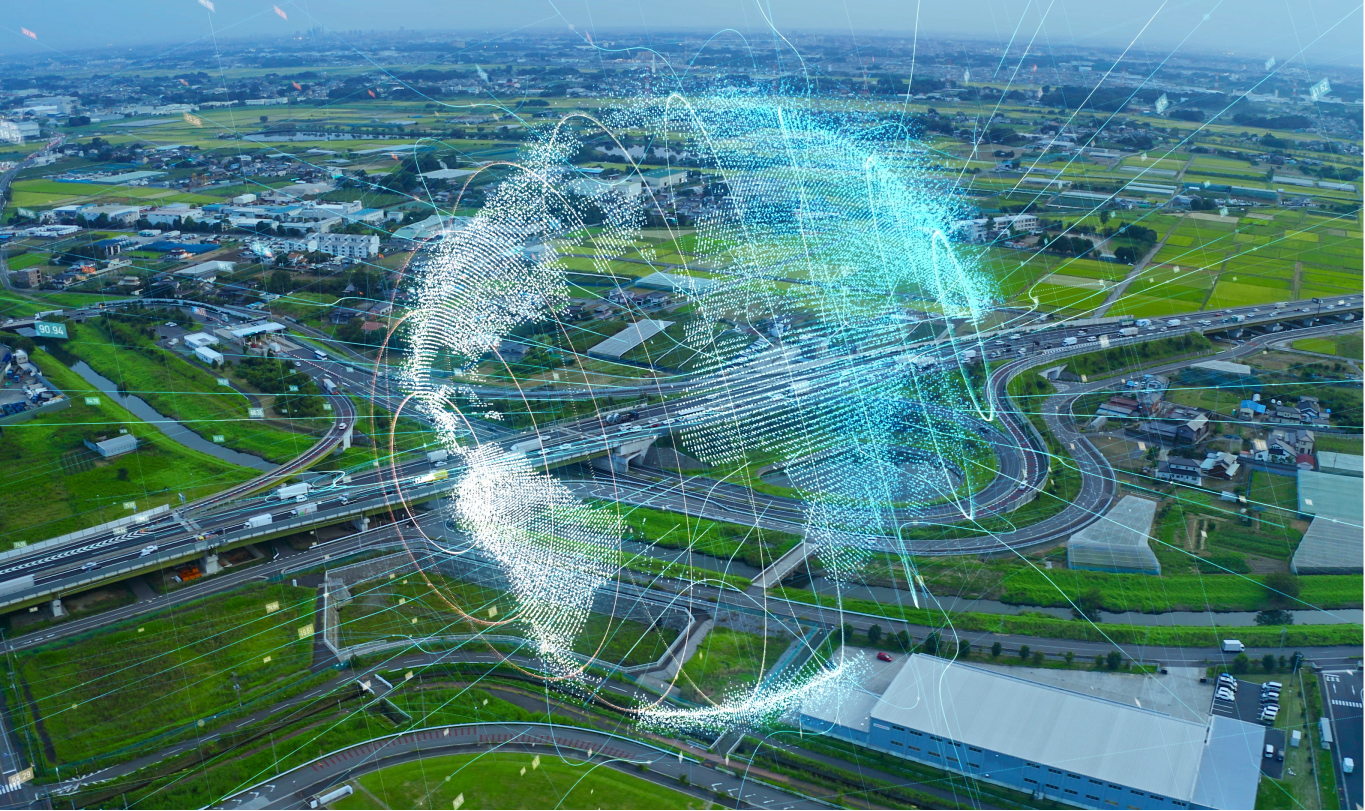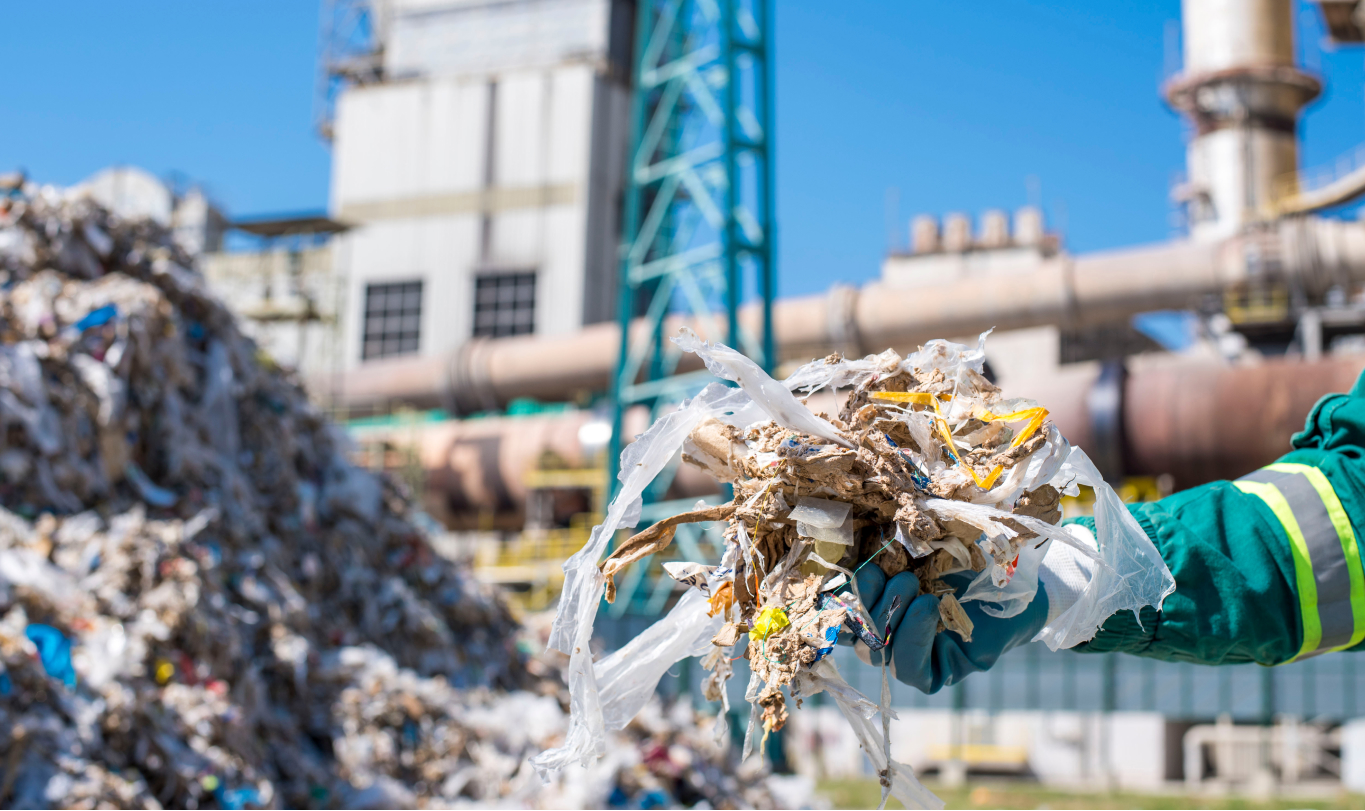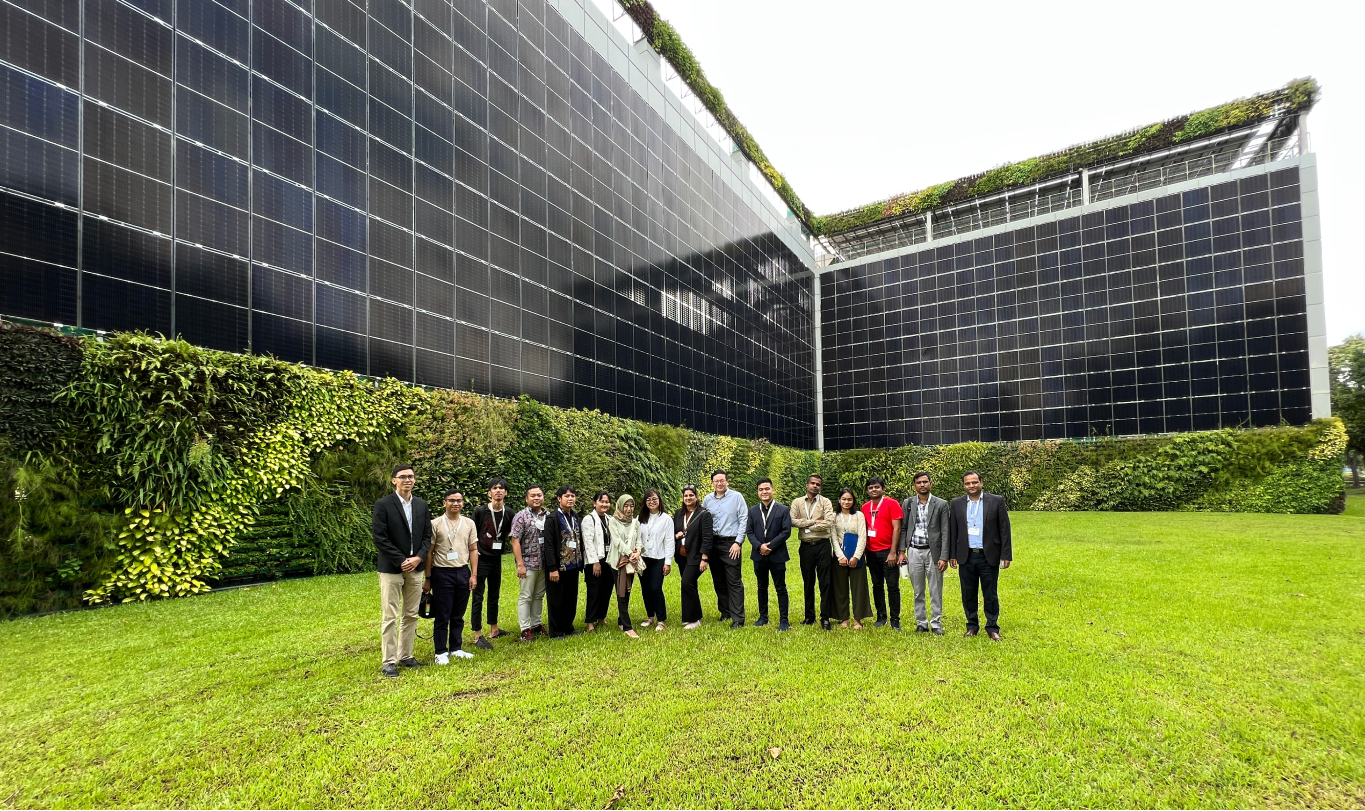A Year of Opportunity for Infrastructure in Asia
With the complexity of projects today, it is increasingly challenging for a single party to undertake an entire infrastructure development. Governments also need to move away from siloed approaches and towards working cohesively to address the evolving needs of the community to tackle new opportunities and challenges.
Back in January, our Executive Director, Lavan Thiru, reiterated the importance of working in close collaboration. In this piece, we would like to share about the opportunities we see in the region.
Growth of Regional Connectivity Projects
Rising geopolitical volatility has raised concerns over different aspects of security including food security. At the same time, well-thought-out connectivity plans bring about significant opportunities for economic growth and for nations to capture value within their borders.
The ASEAN Smart Logistics Network seeks to improve connectivity amongst its members using smart and sustainable logistics infrastructure. In turn, this will lower supply chain costs and improve the speed and reliability of supply chains in each ASEAN Member State. For example, the Vinh Phuc ICD Logistics Centre (or the SuperPort™) in Vietnam, will be the first of its kind, as a multi-modal logistic hub integrating dry port and supply chain nerve centre operations. This will improve the connectivity, sustainability, scalability and agility of Vietnam's logistics operations. Regionally, the Ministry of Public Works and Transport in Cambodia, has also developed an Intermodal Logistics and Transport Masterplan which include plans for the development of a hub-and-spoke system with cross-border links at Poipet and Bavet. Besides the Phnom Penh Logistics Complex, future complexes in Siem Reap, Battambang and Stung Treng are also in the pipeline. Opportunities exist not just in developing the logistics complexes but also in ensuring that the supporting infrastructure such as land, sea and air links are in place.
Connectivity goes beyond physical infrastructure. The pandemic has shown that digital connectivity is crucial in ensuring that help can reach all corners of the world, including the most remote locations. However, many regions in Southeast Asia and South Asia remain unconnected. According to the International Telecommunication Union, nearly 40% of the population in Asia remained unconnected in 2021, with non-users disproportionately concentrated in rural and remote communities1.
To bridge this digital divide, governments and private sector stakeholders must work together to increase access to digital devices and affordable internet connectivity. One successful example is the Digital Village (Desa Digital) programme in West Java province, Indonesia. Under this programme, the provincial government funded the deployment of Very Small Aperture Terminals (VSATs) in rural villages, donated laptops and provided digital literacy training to residents and small business owners to carry out e-commerce. Since 2019, more than 2,000 rural villages have benefitted under this programme.
The adoption of infrastructure technology (InfraTech) can also bring about savings and reduction of greenhouse emissions. The Global Infrastructure Hub (GIH) is working with the G20 on scaling up InfraTech investment across policy, commercial, technology and finance2. Approaches3 include increasing funding access for InfraTech projects through innovative platforms such as regulatory sandboxes.
As new technologies continue to emerge, we cannot turn a blind eye to its potential to improve cost efficiency, attract private investments and decarbonise.
Strengthening Resilience in Environment Public Health
Beyond the importance of connectivity, the pandemic also re-focused the minds of nations on environment public health, especially on water, wastewater and waste management.
Driven by rapid urbanisation and growing populations, global annual waste generation is expected to increase to 3.4 billion tons by 2050, with East Asia and Pacific responsible for generating close to a quarter of all waste4. With this alarming growth, there is a need to re-think how we can manage waste sustainably. Newer waste treatment technologies need to be considered to reduce the amount of waste going to landfills. Private sector participation should be encouraged to foster innovation, develop sustainable solutions and reduce the cost of managing these wastes. Governments or regulators are also encouraged to take the lead to establish transformative regulations in waste to enable waste management projects and attract good international financing options.
We are seeing a growing urgency for sustainable waste management solutions in the Philippines, the fourth largest generator of solid waste in Southeast Asia5. Plastic waste generation is on the rise, with rising income levels leading to higher material consumption and dependence on single-use plastics. Without adequate infrastructure in place, an alarming amount of plastic waste could end up in oceans. In 2020, 35% of the Philippines’ plastic waste was leaked into the environment. Only 33% of plastic waste was collected and disposed in sanitary landfills, with a mere 9% of waste being recycled6.
Archipelagos like the Philippines face the added challenge of consolidating and transporting waste across its islands to be disposed in sanitary landfills. This presents an opportunity to explore decentralised solutions for segregating, recycling and processing waste close to where it is generated. Such solutions can be deployed quickly in small spaces – in a carpark or even on the rooftop of a building – and can be easily scaled up.
Powering Asia's Growth
Underlying all this is the ability for Southeast Asia and South Asia to power its growth. Southeast Asia’s energy demand is expected to increase by 60% by 2040, in line with the region’s rapid economic growth led by increasing industrial activities, growing population and rising income7. Southeast Asia remains a net importer of energy products, with more than 40% imports to meet its total energy requirement8. However, over-dependence on energy imports threatens the region’s energy security, particularly in an era of pandemics, global financial crises and unstable geopolitical environment.
A transition to a cleaner and more energy efficient future will be key to dealing with the fossil-fuel dependent region’s energy trilemma of security, sustainability and affordability. The International Renewable Energy Agency (IRENA) has provided some insights into dealing with this issue.
To accelerate investments in clean energy, there is a need to improve the bankability of these projects and improve the risk-return trade-off. Sound planning, good governance, innovative practices and adoption of new technologies will instill greater confidence in private investors and developers to work together to develop sustainable solutions. Project preparation funds can be tapped on to support the development of solid infrastructure plans and increase the transparency of long-term infrastructure priorities for investors. For example, PT Sarana Multi Infrastruktur (Persero) in Indonesia has a project development facility and the same for the PPP Centre in the Philippines.
The Philippines is set to be a growth market for renewable energy, with new initiatives and regulations to encourage increased private sector investments and international participation in the energy sector. One such initiative is the annual Green Energy Auction Program (GEAP) to facilitate timely investments into new renewable energy capacities. The first round of the GEAP in 2022 saw the award of 19 contracts for almost 2 GW of capacity9 – a significant move towards achieving the aim for renewable energy to comprise 35% of the country’s energy mix by 2030, and 50% by 204010. Foreign investments will be needed to boost this sector’s growth and the Philippine government has sent a strong signal of its commitment to partner the international private sector with the recent shift towards allowing full foreign ownership for renewable energy projects11.
In the energy space, one opportunity that is often overlooked is energy efficiency. Beyond renewables generation, accelerating the adoption of energy efficiency is a cost-effective way of moderating energy demand and providing a path for renewable energy generation to be deployed. To scale up energy efficiency solutions, there is an opportunity to increase access to available funds through aggregation platforms. For example to better manage energy consumption, building owners and end-users require upfront capital to adopt energy efficient solutions which generally lack the scale needed to attract institutional capital. To bridge this gap, we need to aggregate both demand and supply to scale up energy efficiency solutions, for example through an Energy Efficiency Aggregation Platform. The aim is to build a pipeline of energy efficiency projects that has sufficient scale to tap on a common pool of funds, thus enabling repeatable transactions.
(Site visit by the GIC participants to Keppel Infrastructure @ Changi, Singapore's first Green Mark Platinum Positive Energy Building)
The International Finance Corporation (IFC) estimates that between 2018 and 2030, the green building sector in South Asia could see investments totaling more than US$1.5 trillion, with India and Bangladesh leading the market12. India’s Union Budget 2023-24 laid out seven key priorities, one of which was an unprecedented focus on sustainability and green buildings. India is looking for advances in lower-carbon materials to partially offset embodied carbon emissions. We are consequently seeing growing interests and potential opportunities to shift towards green buildings via energy efficiency retrofitting in India’s leading industrial parks (i.e. in Gujarat and Tamil Nadu). Similarly, there is also immense opportunities to augment energy demand and strengthen energy security in Bangladesh, which has largely been reliant on imported fossil fuels for electricity. The Sustainable and Renewable Energy Develop Authority (SREDA) estimates that almost 10.5% of Bangladesh’s total energy consumption can be reduced13 if its energy-guzzling industrial sector adopts energy efficiency practices and transformation. Industrial parks looking to green themselves could provide an effective avenue to scale up energy efficiency solutions. Beyond energy efficiency, such platforms could include commercial and industrial rooftop solar, electric vehicle charging and energy storage systems.
Emergence of Innovative Financing Models
With the current climate of resource constraints and rising project costs, it is insufficient to rely on public resources alone to achieve the Sustainable Development Goals (SDGs). This presents an opportunity to tap on other pools of capital such as blended finance models. Blended finance can help improve the risk-return profile for projects, enabling private investors to venture into new territories.
By crowding in private capital with public funding, the effectiveness of investments can be increased on a global scale, and the impact can be scaled up to align with the SDGs. The energy sector in the Philippines sets a good example as it welcomes the outsourcing of energy efficiency developments, and full ownership of renewable energy projects by foreign companies, catalysing private capital. As we leverage the strengths and capacities of each sector and apply them in innovative ways, this enhances the quality of public-private partnerships.
The above opportunities and the presence of new pools of capital give us confidence that Singapore based companies can play a major role in advancing sustainable infrastructure projects in the region. We will continue to focus on capacity building, market sounding and project development to improve the bankability of regional projects with our partners.
[1] Asia struggles to build an inclusive digital future, Hinrich Foundation, July 2022, [Link]
[2] InfraTech, GIH, [Link]
[3] G20 Blueprint for Scaling Up InfraTech Financing and Development, GIH & Asian Infrastructure Investment Bank, July 2022, [Link]
[4] What a Waste 2.0: A Global Snapshot of Solid Waste Management to 2025, World Bank, September 2019, [Link]
[5] No Time To Waste: A Collaboration, Philippine Daily Inquirer, September 2022, [Link]
[6] Extended Producer Responsibility (ERP) Law of the Philippines: A White Paper, United Nations Environmental Programme, November 2022, [Link]
[7,8] Energy Transition readiness in Southeast Asia, PwC, September 2021 [Link]
[9] Department of Energy (DOE) Conducts First Green Energy Auction in the Philippines, DOE Press Release, June 2022 [Link]
[10] National Renewable Energy Program 2020 – 2040, Department of Energy and National Renewable Energy Board, April 2022, [Link]
[11] DOE opens RE to full foreign ownership, Business World, November 2022, [Link]
[12] Climate Investment Opportunities in South Asia, IFC, January 2017, [Link]
[13] Energy Efficiency and Conservation Master Plan up to 2030, SREDA, May 2016 [Link]
This article was collated and written by Infrastructure Asia.





